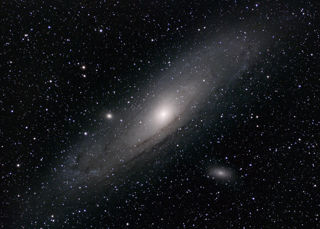
HOTOL Mission Patch
HOTOL Mission Patch
This mission patch depicts HOTOL (Horizontal Take-Off and Landing), a British design for a fully reusable, single-stage-to-orbit spaceplane. It was developed in the 1980s by a consortium led by Rolls Royce and British Aerospace. HOTOL would have the capability to launch a payload of seven to eight tonnes into low-Earth-orbit. Its goal was to provide a launch capability at considerably lower costs than NASA’s Space Shuttle.HOTOL was designed to take off from a runway, like a conventional aircraft. The air-breathing jet engine designed by Rolls Royce, would switch to rocket propulsion at 26 to 32 kilometres high. This would have allowed HOTOL to reach hypersonic speeds. Having released the payload, HOTOL would then glide down to land back on a runway
Both industry and the British government attempted to establish international cooperation to develop, produce, and deploy HOTOL. This never came to fruition and funding for the project ended in 1989. However, the termination of development work on HOTOL led to the formation of Reaction Engines Limited (REL) to develop and produce Skylon, a proposed spacecraft based on HOTOL technologies.
More information
Object number
2020-12
Location
Artefact Store
Has this object been into space?
No
Material
Cotton
Materials & techniques note
Embroidered
Object Production Date
1980s
Object Production Organisation
Stewart Emblems
Object Production Place
Leicestershire
Market Harborough
United Kingdom
On Display Status
Not on display
Copyright and Photos
Photography is shared via the license below.
However, some objects on this website are on loan to the National Space Centre and are being shared through the permission of their owners.
Commercial use of images from this website is not allowed without additional permissions being granted. To request permission to use images for purposes not covered in the license below, please contact [email protected]
Individual objects on loan to the National Space Centre may have additional copyright permissions, so advice should always be sought before use.
![]()
This work is licensed under a Creative Commons Attribution-NonCommercial 4.0 International License.



